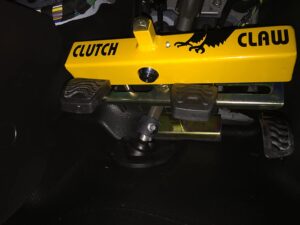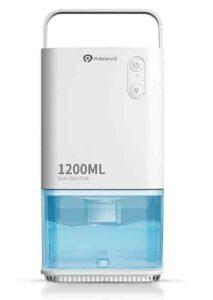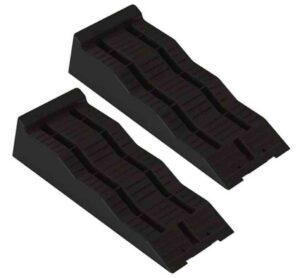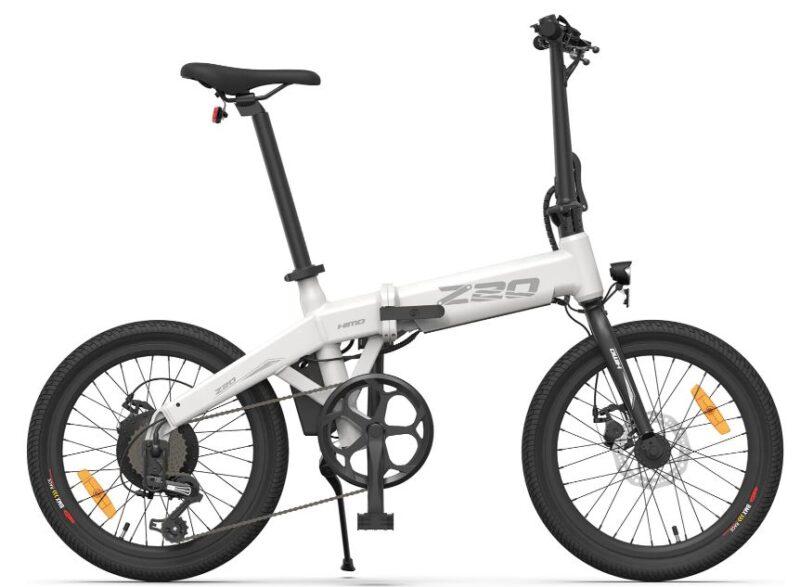Preparing Your Motorhome for Winter Storage
Top 20 points to consider when storing your motorhome for winter:
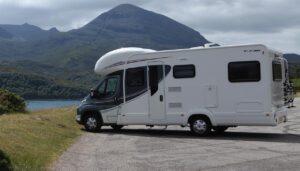
A deep dive podcast prepping your motorhome or caravan for winter storage
Choose a suitable storage location:
- Select a secure and dry location to store your motorhome, such as a storage compound, campsite, or farm.
- Ensure that the storage site has sufficient security measures in place to prevent theft or damage.
- Look for a hard-standing area that provides good traction and is free from overhanging trees.
- Check if there are any restricted access times or battery charging facilities at the storage site.
- Opt for a storage site that has a vermin control program to prevent infestations.
Check security measures:
Ensure that the storage facility has sufficient security measures in place to prevent theft of the vehicle or its contents. Look for facilities with CCTV systems, and high fences, Consider installing a real-time vehicle tracker, and using a ‘Clutch Claw’ or other visual deterrent devices.
Inspect the storage area:
Look for a hard-standing area that provides good traction and is free from overhanging trees.
Verify access restrictions:
Check if there are any restricted access times or battery charging facilities at the storage site.
Consider vermin control:
Opt for a storage site that has a vermin control program to prevent infestations. Check around the perimeter fences for vermin control. Consider installing traps inside your motorhome. These will need to be checked weekly. If you use humane traps, be sure to release the creature well away from the storage facility.
Prepare your motorhome:
Clean and empty your motorhome before storing it to prevent mould and pest issues. Wipe down interior walls and ceilings with a mould-prevention spay
Mould and mildew can be a real problem in motorhomes, and if left unchecked, they can be time-consuming and costly to rectify. They are often caused by damp and humid conditions, which create an ideal environment for fungal growth. Here are some common causes of mould formation in motorhomes:
Condensation:
Humid, wet, or cold climates can lead to condensation inside the motorhome. Leaking water pipes or taps, water seeping in around window seals, and water finding its way through the roof or walls due to damage or cracks can also contribute to condensation.
Poor Ventilation:
Insufficient ventilation can trap moisture inside the motorhome, promoting mould growth. It is important to keep windows open for as long as possible after cooking or taking a shower.
Leaks and Damage:
Water can enter the motorhome through small gaps, leading to dampness and potential mould problems. Regularly inspect your motorhome for any damage that might cause leaks.
Closed Spaces:
Keeping the motorhome closed up for long periods with everyone breathing inside can contribute to increased humidity levels and create an environment conducive to mould growth.
To prevent mould formation in your motorhome, consider the following preventive measures:
Good Ventilation:
Ensure proper airflow by opening windows and vents whenever possible. This helps reduce humidity levels and prevents condensation.
Regular Cleaning:
Keep your motorhome clean and tidy to minimize potential mould growth. Wipe up spills promptly, dry worktops thoroughly, vacuum regularly, and use disinfectant when cleaning surfaces.
Check for Leaks:
Regularly inspect your motorhome for any signs of leaks or damage that could allow water to enter.
Monitor Moisture Levels:
Use dehumidifiers or moisture-absorbing products to control humidity levels inside the motorhome.
Remove Dampness:
If soft furnishings or fabrics become damp, remove them from the motorhome to dry out before mould or mildew sets in.
Remember that prevention is key when it comes to mould formation in a motorhome. By taking these preventive measures, you can help maintain a healthy and comfortable environment during your travels
Remove perishable items:
Take out any perishable items from the motorhome to avoid unpleasant odors or attracting pests. Leave fridge and oven doors open. Open all locker/cabinet inside doors to allow ventilation.
Drain water systems:
Drain the water systems to prevent freezing and potential damage. This will prevent burst pipes and a ruptured pump pressure accumulator. Leave the drain valve open to allow for expansion should the temperature fall really low.

Add antifreeze:
Add antifreeze to the plumbing system to protect against freezing temperatures. Consider draining down the wet heating system (if applicable), however, you will need to use it when you visit your motorhome periodically.
Motorhome battery winter storage:
Disconnect the batteries or use a battery maintainer to prevent drainage during storage. Wrapping you battery up to prevent the temperature dropping too low, this will help to extend the life of your leisure battery.
Check tire pressure:
Inflate the tires to the recommended pressure and consider using tire covers for added protection. It is also worth considering jacking up the motorhome to keep the weight off the tyres, if you expect to leave it for prolonged periods.
Cover external vents:
Cover external vents with mesh screens to prevent insects or rodents from entering.
Protect against condensation:
Use moisture absorbers or dehumidifiers inside the motorhome to minimize condensation. (see notes above)
Secure windows and doors:
Ensure all windows and doors are securely closed and locked to prevent unauthorized access.
Consider using stabilizers:
Use stabilizers or chocks to prevent movement and maintain stability during storage.
Inspect seals and seams:
Check for any cracks or gaps in seals and seams, and repair them if necessary. Spraying them with a light silicone lubricant will keep the seals subtle and extend their life.
Maintain proper ventilation:
Provide adequate ventilation by slightly opening roof vents or windows.
Cover the motorhome:
Use a breathable cover specifically designed for motorhomes to protect against dust and debris.
Monitor periodically:
Visit the storage site periodically to check for any signs of damage, leaks, or pests. Occasionally take your motorhome out for an hour or so to keep the engine lubricants circulated, this will also give you an early warning if anything is wrong and needs to be looked at.
Review your insurance policy:
Inform your insurance company about the storage arrangements and ensure you have adequate coverage.
Please note that these points are general guidelines, and it’s always a good idea to consult your motorhome’s manual or seek professional advice for specific recommendations.
Blog
https://johnnyburr.blogspot.com/2023/09/preparing-your-motorhome-for-winter.html
1 motorhome battery winter storage
2 motorhome winter storage
3 motorhome winter storage near me
4 motorhome Winter Storage Tips
preparing motorhome for winter storage
how to winterize a motorhome for storage
